Flavor characteristics of Sidamo 90 + Coffee beans Story of flavor and taste characteristics of candle candle treatment
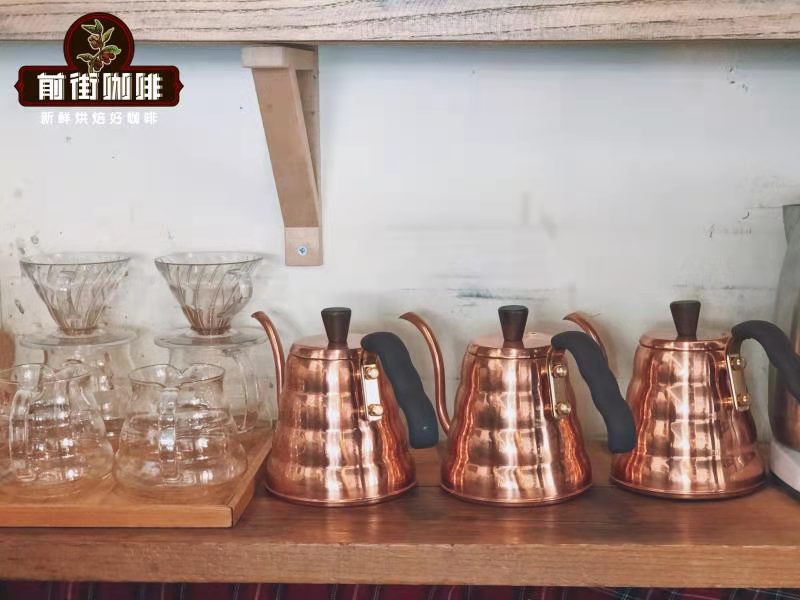
Professional coffee knowledge exchange more coffee bean information please follow the coffee workshop (Wechat official account cafe_style)
On Qianjie Coffee, there are many coffee beans from Ethiopia's Sidamo producing area and Yega Xuefei, such as Tintin, Sun Red Cherry, Sakuran and so on, as well as a 90 + candlelight, which is from the Sidamo producing area. the production process of this coffee bean is very strict.
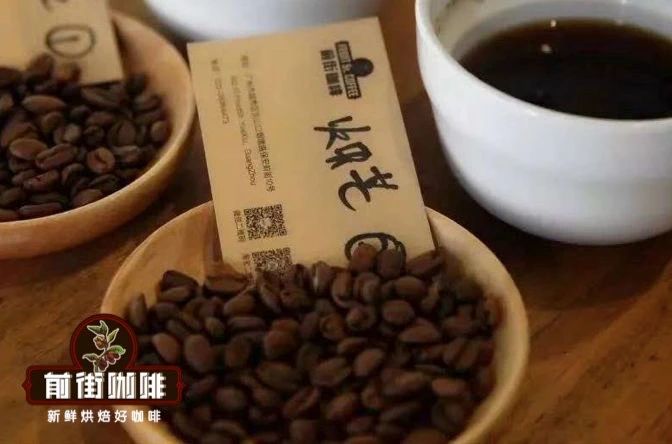
You may wonder what 90 + means. 90 + refers to a top range of 13 flavors of coffee. It is a boutique coffee trader from the United States-Ninety Plus Coffee, whose pursuit of the ultimate flavor is amazing. Since its establishment only five or six years ago, it has made the coffee industry all over the world aware of the name. NinetyPlus, literal translation, means that the young coffee company sells raw coffee beans with a Cupping score of more than 90 points. Generally speaking, after the inverted deduction system of more than ten strict requirements of the Cupping rules, it is no less difficult to leave 90 points than the current top scorer in the college entrance examination.
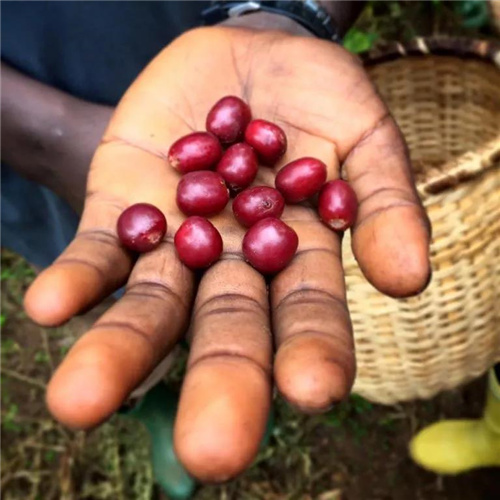
Candle Drima Zede means "Best Approach" in the local dialect. According to the information provided by the original factory, this coffee bean is a series of tailor-made products developed based on 90 + years of experience. With the support of 90 + technology, Drima Zede only selects the most mature coffee cherries by hand, and the sun drying process takes pains to keep stirring to ensure uniformity. The end result is the coffee bean flavor is very transparent and pure taste, cold and hot change is very large, fruit, flower, oak aroma is very attractive.

The candle candle beans on the shelves of Qianjie coffee, like Ethiopian coffee, belong to the local native species, because in fact, there are so many varieties in Ethiopia, it is like the natural gene bank in Arabica, on the one hand, there are many varieties, and it is difficult to identify and classify them, on the other hand, the Ethiopian government is unwilling to disclose the information of these varieties for the sake of protection, so it is collectively called the original species of Heirloom.
Qianjie Coffee also has a Huakui coffee bean that also comes from the Sidamo area and is tanned, so will there be any difference in flavor between the two coffee beans? Qianjie Coffee experimented with these two coffee beans.

Qianjie Coffee first observes the shape of these two types of coffee beans. Huakui coffee beans will be shorter and more rounded, with a yellowish color, while candle particles will be slender, greenish and slightly gray. Qianjie coffee is roasted in a shallow and slow way, reflecting the rich flower and fruit aroma of Essel beans.
After roasting the beans, Qianjie coffee will be tested within 8 to 24 hours. Qianjie coffee uses 200ml standard cup test bowl, grind powder 11.3g, water temperature 94 degrees Celsius, grind and smell dry incense first, then fill the bowl with water to confirm the wet fragrance. After 4 minutes, the residue was broken and the flavor was identified. The two coffee beans taste similar, but there is still a slight difference. Compared with the candle, Sakuran is more refreshing and juicy, citrus and acidity are more obvious. Through the cup test, Qianjie Coffee believes that the taste of candle tends to be more smooth, nectarine berry flavor is more prominent, but also more sour and sweet balance, cold also shows more tropical fruit flavor.
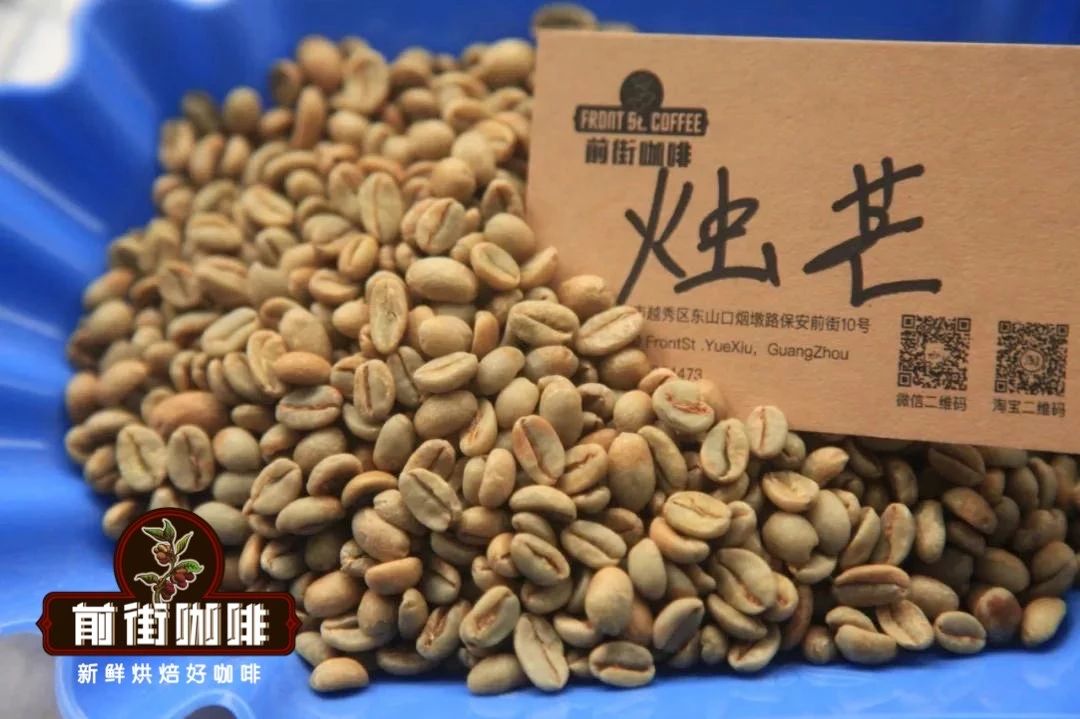
The next step is to hand-flush the flavor of Sakuran Coffee and Candle Coffee. The brewing scheme of Qianjie coffee is as follows: the ratio of coffee powder to water is 1:15 and the water temperature of 90 degrees is fine. In selecting the filter cup, first consider the Hario v60 # 01 filter cup.

Qianjie generally uses the three-stage flow method to brew coffee, which is a very simple method of hand brewing. You can simply learn this method at home to make a simple and delicious cup of coffee. First of all, after you get the coffee utensils you need, you can follow the front street to make coffee. The first step, first with 30 grams of water for steaming, in the water injection do not use too large water flow, otherwise the coffee powder will be washed away, can not play the role of steaming. When pouring 30 grams of water, the time is exactly 10 seconds, then wait 20 seconds, when the total time reaches 30 seconds, you can proceed to the second step of cooking. Then slowly inject 100 grams of water from the center to the outside with a small current, which takes a total of about one minute. Then after waiting for the powder layer to drop, you can inject water again. The third step is to inject water again, when the total water reaches 195 grams, the time is about two minutes, then the action of water injection can be stopped. The next step is to wait for the coffee liquid of the filter cup to flow into the next pot, then you can remove the filter cup. But it's not over yet. The last action is to shake the pot containing the coffee liquid evenly, so that the concentration of the coffee liquid is evenly mixed together, and you can drink a delicious cup of coffee!
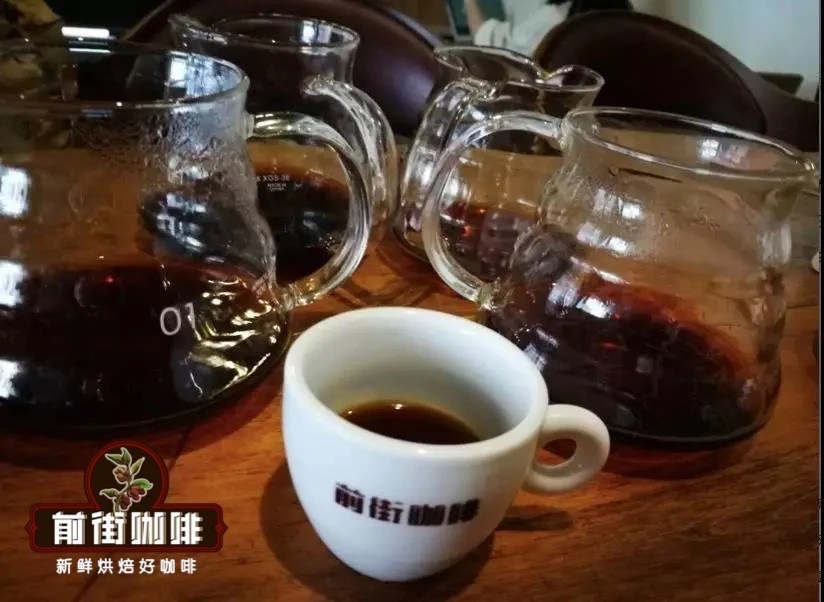
The entrance of Huakui Coffee in Qianjie Coffee has obvious citrus, juice-like taste, slightly fermented taste, cooler, sugarcane-like sweetness, passion fruit and medium high acidity, while candle-candle coffee, more obvious berry berries, nectarines, cream, smooth, sweet and sour balance, tropical fruits, medium to high acidity, medium sweetness and moderate finish.
As we all know, Ethiopian coffee has always been synonymous with fine coffee, is one of the best coffee in the world, Ethiopia is also the birthplace of coffee. While Sidamo and Yega Xuefei are recognized as boutique coffee producing areas, the coffee beans produced are very characteristic, and the washed Ye Jia Xuefei producing area beans have bright and clean taste features, fresh fruit, floral notes, bright and clear texture. On the other hand, the Xida coffee beans in the sun have a more mellow taste and a very rich aroma, each with its own advantages.
For more boutique coffee beans, please add private Qianjie coffee on Wechat. WeChat account: kaixinguoguo0925
Important Notice :
前街咖啡 FrontStreet Coffee has moved to new addredd:
FrontStreet Coffee Address: 315,Donghua East Road,GuangZhou
Tel:020 38364473
- Prev
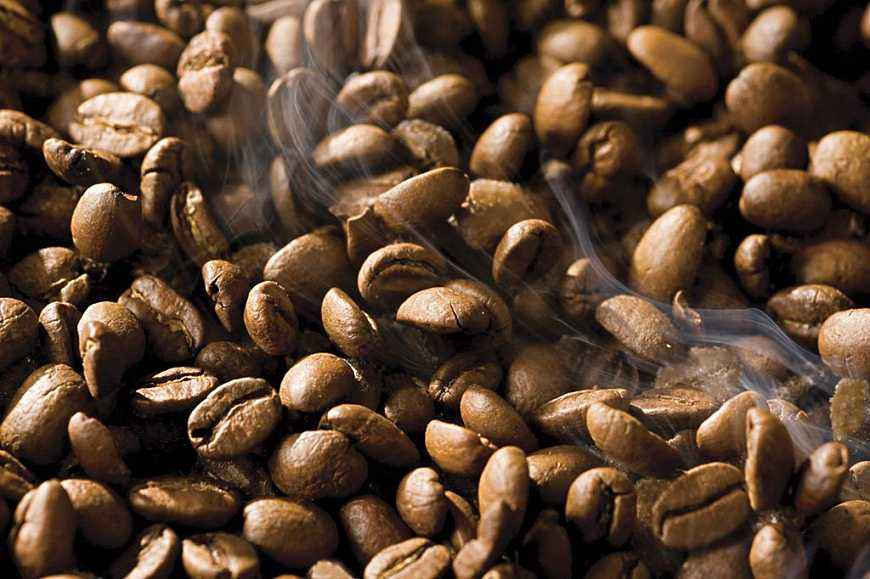
Introduction of Coffee Bean Flavor in Sidamo
Following Cafe (Wechat official account vdailycom) found that the Red Cherry Project (Operation Cherry Red), which opened a small shop of its own, is a small-scale farm quality improvement project that started in 2005, led by Dutch trading company Trabocca BV and partly funded by the Dutch government. This is increased by providing assistance to producers' expertise and related technologies.
- Next
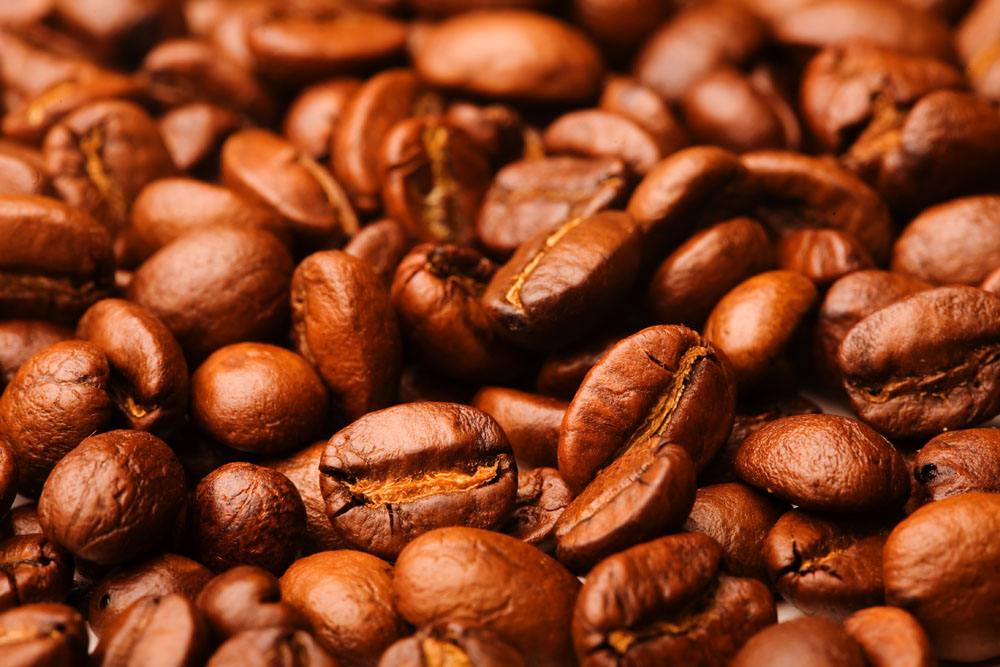
Introduction of boutique coffee 90 +
Following Cafe Review (official account vdailycom of Wechat) found that Cafe Cafe opened a small shop of its own (Sillvia Solkiln N2): [Origin]: 90 + Panamanian Rosa Manor [season]: 2013: 2014 [Variety]: Rosa [Level]: 95 [altitude]: 1250m-1650m [treatment]: 90 + patented Solkiln tanning house
Related
- Detailed explanation of Jadeite planting Land in Panamanian Jadeite Manor introduction to the grading system of Jadeite competitive bidding, Red bid, Green bid and Rose Summer
- Story of Coffee planting in Brenka region of Costa Rica Stonehenge Manor anaerobic heavy honey treatment of flavor mouth
- What's on the barrel of Blue Mountain Coffee beans?
- Can American coffee also pull flowers? How to use hot American style to pull out a good-looking pattern?
- Can you make a cold extract with coffee beans? What is the right proportion for cold-extracted coffee formula?
- Indonesian PWN Gold Mandrine Coffee Origin Features Flavor How to Chong? Mandolin coffee is American.
- A brief introduction to the flavor characteristics of Brazilian yellow bourbon coffee beans
- What is the effect of different water quality on the flavor of cold-extracted coffee? What kind of water is best for brewing coffee?
- Why do you think of Rose Summer whenever you mention Panamanian coffee?
- Introduction to the characteristics of authentic blue mountain coffee bean producing areas? What is the CIB Coffee Authority in Jamaica?

